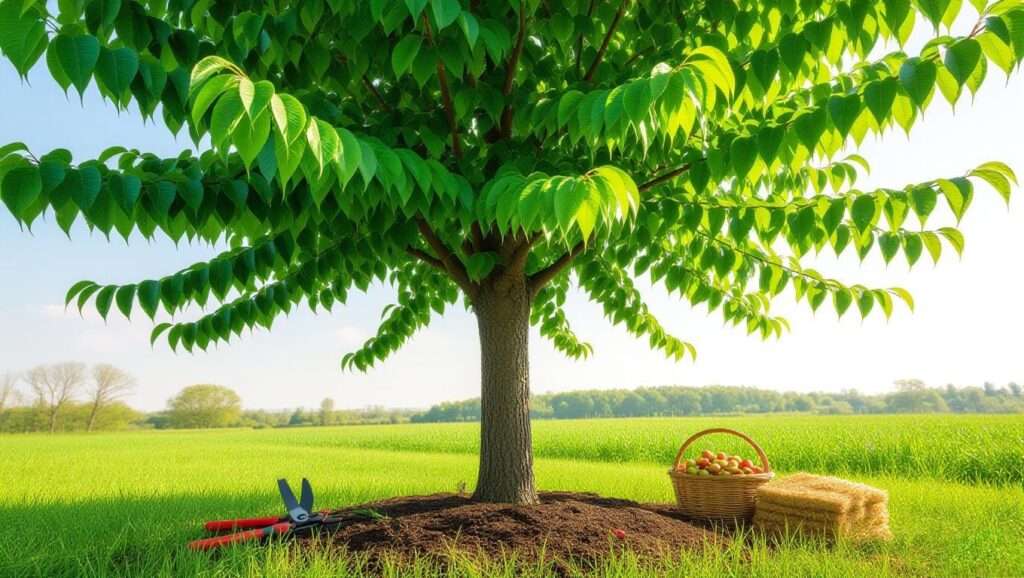Picture this: you step into your garden, expecting to see your cherry tree bursting with life, only to find sparse leaves, drooping branches, and a noticeable lack of those juicy cherries you love. 😞 If you’ve recently pruned your tree heavily, you might be facing the aftermath of overzealous cuts. Heavy pruning can shock cherry trees, leading to issues like stunted growth, disease vulnerability, or reduced fruit production. But don’t despair! This comprehensive guide on how to fix cherry tree issues caused by heavy pruning offers expert-backed solutions to revive your tree and restore its vibrant growth. With practical steps rooted in horticultural science, you’ll learn how to nurse your cherry tree back to health and prevent future mishaps. Whether you’re a novice gardener or a seasoned arborist, this article is your roadmap to a thriving cherry tree. 🌱
H2: Understanding the Impact of Heavy Pruning on Cherry Trees 🌿
Heavy pruning can be a double-edged sword. While it’s essential for shaping trees and encouraging fruit production, overdoing it can throw your cherry tree into survival mode. Let’s dive into why this happens and how to spot the signs.
H3: Why Heavy Pruning Causes Issues
When you remove more than 25-30% of a cherry tree’s canopy, you disrupt its ability to photosynthesize effectively. 🍃 Photosynthesis is the tree’s energy factory, converting sunlight into the sugars that fuel growth, flowering, and fruiting. Heavy pruning reduces leaf surface area, starving the tree of energy and weakening its defenses against pests and diseases. According to a study from the University of California Cooperative Extension, excessive pruning can also trigger stress responses, causing the tree to prioritize survival over fruit production.
Common symptoms include:
- Sparse foliage: Fewer leaves or uneven growth patterns.
- Weak branches: New shoots that appear thin or brittle.
- Delayed blooming: Fewer flowers or delayed flowering seasons.
- Sap leakage: Excessive oozing from cut sites, signaling stress.
Both sweet (Prunus avium) and sour (Prunus cerasus) cherry trees, as well as ornamental varieties, can suffer from these effects, though their recovery timelines may vary. Ornamental cherries, for instance, may prioritize aesthetic recovery over fruiting.
H3: Mistakes to Avoid During Pruning
Many pruning mistakes stem from enthusiasm or lack of knowledge. Here are the top culprits:
- Over-pruning: Removing too much foliage at once, shocking the tree.
- Wrong timing: Pruning during active growth (spring/summer) instead of dormancy (late winter/early spring) can exacerbate stress.
- Poor technique: Jagged cuts or leaving stubs can invite fungal infections like bacterial canker.
Expert Anecdote: Certified arborist Jane Thompson recalls a client who pruned their cherry tree by 50% in midsummer, thinking it would “shape it up.” The tree developed powdery mildew and lost most of its fruit yield the following year. “Less is often more with pruning,” Jane advises. “Strategic cuts are key to keeping your tree healthy.” ✂️
H2: Diagnosing Cherry Tree Issues Post-Pruning 🔍
Before you can fix the damage, you need to understand what’s wrong. Diagnosing your cherry tree’s condition is the first step to recovery.
H3: Identifying Signs of Stress or Damage
Look for these telltale signs:
- Wilting leaves: Leaves that droop or turn yellow prematurely.
- Discolored bark: Peeling or darkened bark near pruning cuts.
- Dieback: Dead or dying branches, especially at the tips.
- Reduced fruiting: Smaller, fewer, or lower-quality cherries.
- Pest/disease indicators: Powdery white coating (mildew), oozing sores (canker), or tiny insects (aphids).
These symptoms often appear within weeks of heavy pruning, though some, like reduced fruiting, may not be evident until the next season.
H3: Assessing the Extent of Damage
To gauge how severely your tree is affected, follow these steps:
- Check for new growth: Look for small buds or shoots, which indicate the tree is still viable.
- Inspect the bark: Healthy bark is smooth and slightly glossy; cracked or shriveled bark suggests stress.
- Test soil health: Use a soil testing kit to check pH (ideal range: 6.0-6.8) and nutrient levels.
- Examine roots: Gently dig near the base to ensure roots are firm and white, not mushy or brown.
Diagnostic Checklist:
- Are there new shoots or buds? ✅
- Is the bark intact and healthy? ✅
- Are there signs of pests or disease? ✅
- Is the soil well-draining and nutrient-rich? ✅
Tool Tip: A magnifying glass can help spot tiny pests like aphids, while sharp, sterilized pruning shears are essential for inspecting branch health.
H2: Step-by-Step Solutions to Fix Cherry Tree Issues 🌱
Now that you’ve diagnosed the problem, it’s time to take action. These evidence-based solutions will help your cherry tree recover and thrive.
H3: Immediate Care for Stressed Trees
The first priority is stabilizing your tree to prevent further decline:
- Watering: Provide deep, infrequent watering (1-2 inches per week, depending on climate). Use a soaker hose to ensure water reaches the roots. Avoid overwatering, which can lead to root rot.
- Mulching: Apply a 2-3 inch layer of organic mulch (e.g., wood chips or compost) around the tree’s base, keeping it 6 inches from the trunk to prevent rot. Mulch retains moisture and regulates soil temperature.
- Pause pruning: Avoid additional pruning until the tree shows signs of recovery, typically 6-12 months.
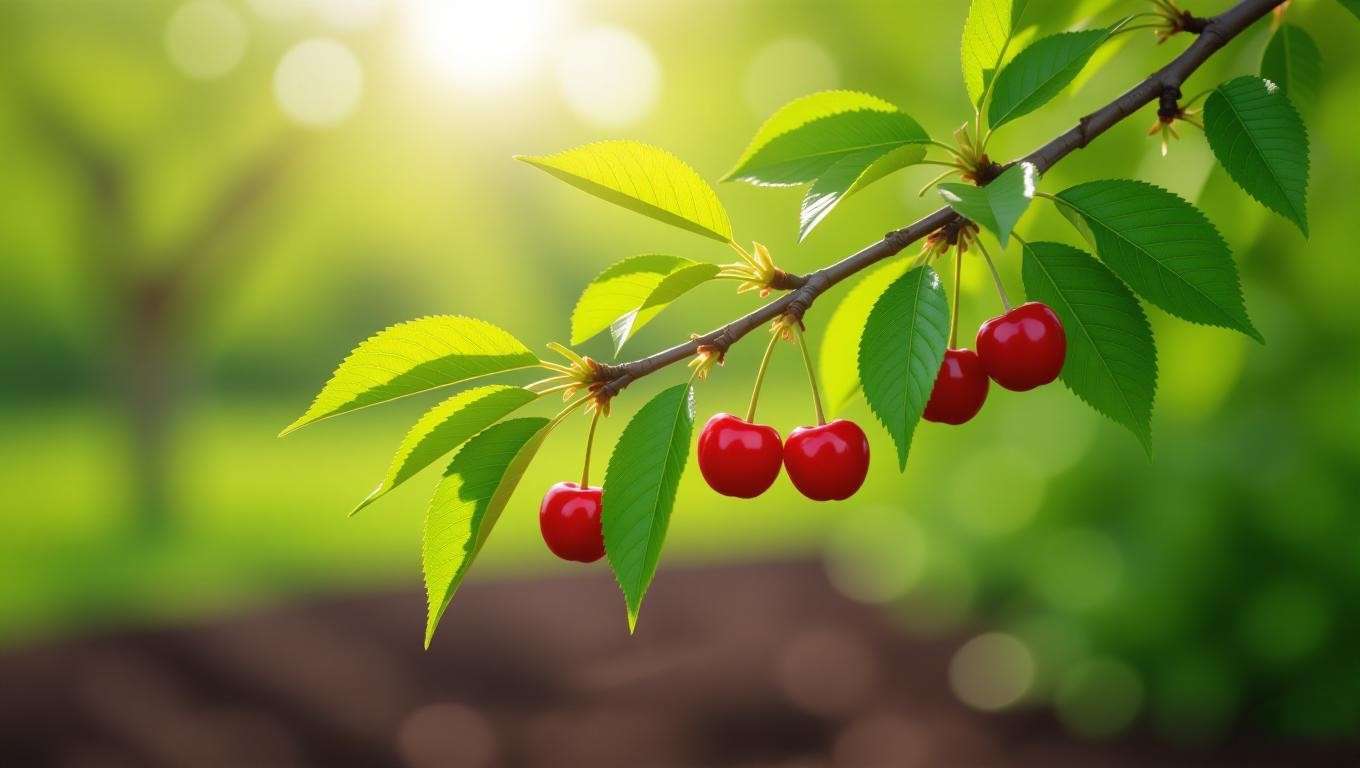
Pro Tip: Water early in the morning to minimize evaporation and fungal growth. 💧
H3: Nutritional Support for Recovery
Proper nutrition is critical for a stressed cherry tree:
- Fertilizing: Use a balanced, slow-release fertilizer (10-10-10 NPK) in early spring. Apply 1 pound per year of the tree’s age, up to 10 pounds for mature trees. Avoid high-nitrogen fertilizers, which promote leafy growth at the expense of fruit.
- Soil amendments: Incorporate compost or well-rotted manure to improve soil structure. Mycorrhizal fungi supplements can enhance root nutrient uptake.
- pH adjustment: If soil tests show pH imbalances, add lime (to raise pH) or sulfur (to lower pH) as needed.
Case Study: A Michigan orchardist revived a heavily pruned Montmorency cherry tree by applying compost and a balanced fertilizer over two seasons. By year three, the tree produced a full crop of tart cherries. 🍒
H3: Managing Diseases and Pests Post-Pruning
Heavy pruning can make cherry trees vulnerable to infections and infestations. Here’s how to address them:
- Bacterial canker: Look for sunken, oozing sores on branches. Treat with copper-based fungicides and remove affected branches with sterilized tools.
- Powdery mildew: A white coating on leaves indicates mildew. Apply neem oil or sulfur-based sprays, ensuring thorough coverage.
- Aphids: These tiny pests suck sap from new growth. Use insecticidal soap or introduce ladybugs as a natural predator.
Regional Advice: Contact your local university extension service for pest and disease recommendations specific to your area. For example, the Pacific Northwest may face different challenges than the Midwest.
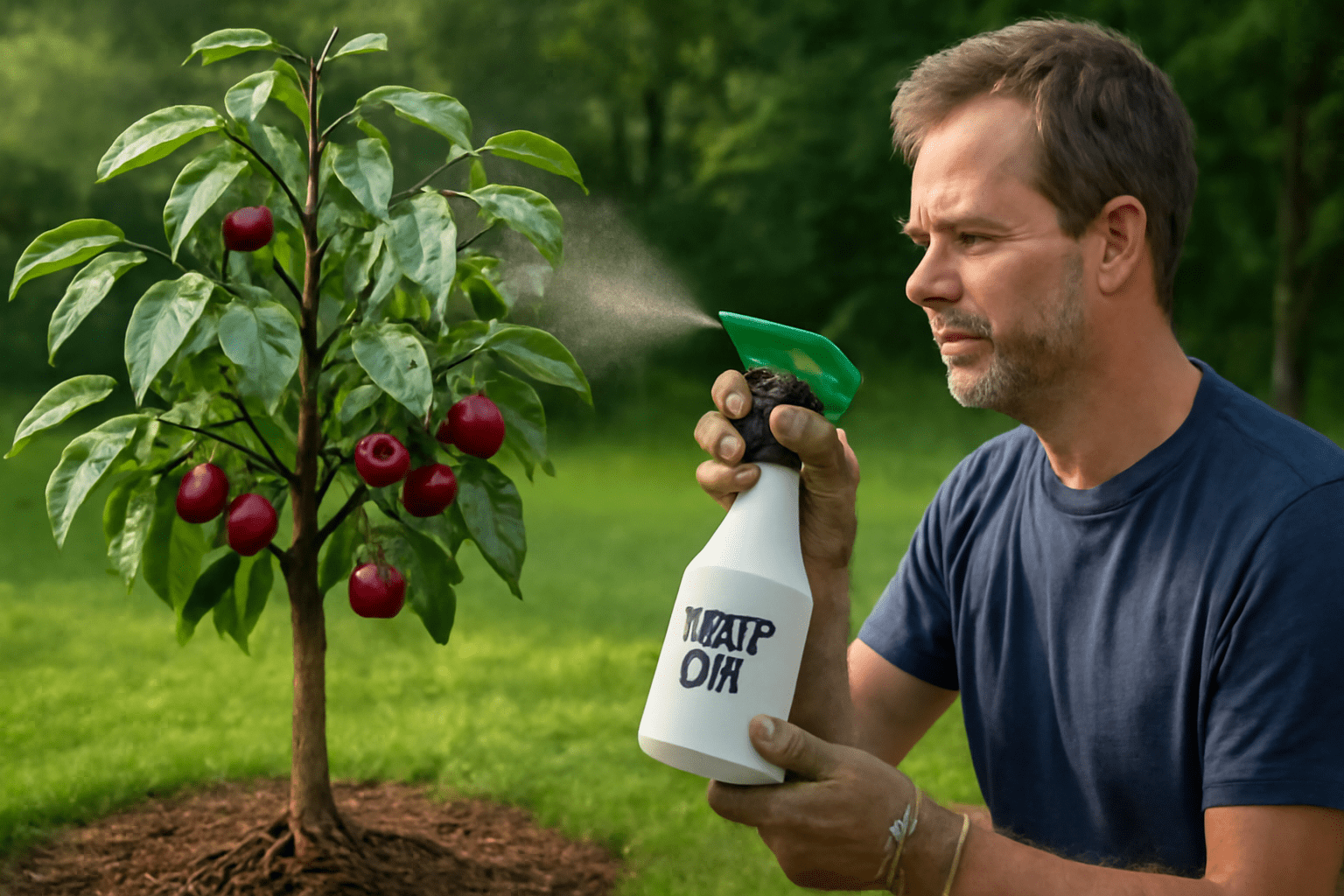
H3: Long-Term Pruning Adjustments
Once your tree stabilizes, adjust your pruning habits:
- Thinning cuts: Remove entire branches to improve airflow and light penetration, reducing disease risk.
- Heading cuts: Trim branch tips to encourage bushier growth, but use sparingly.
- Timing: Prune in late winter or early spring, when the tree is dormant, to minimize stress.
- Sanitation: Sterilize pruning tools with a 10% bleach solution between cuts to prevent disease spread.

Tool Recommendation: Invest in high-quality bypass pruners for clean cuts that promote healing. ✂️
H2: Encouraging Vibrant Growth After Recovery 🌸
Once your cherry tree is on the mend, the focus shifts to fostering strong, healthy growth to ensure it thrives for years to come. This section outlines how to promote new growth and maintain long-term vigor.
H3: Promoting Healthy New Growth
To encourage your cherry tree to flourish:
- Train young branches: Guide new shoots to create an open, vase-shaped structure for optimal sunlight and air circulation. Use soft ties or weights to gently shape branches, avoiding tight constraints that could damage bark.
- Boost flowering and fruiting: Healthy growth leads to better blooms and fruit. Ensure consistent watering and nutrient availability during the growing season (spring to early summer). Pinching off weak or overcrowded flower buds can direct energy to stronger ones.
- Seasonal care tips:
- Spring: Apply fertilizer and monitor for new growth.
- Summer: Water deeply during dry spells and check for pests.
- Fall: Rake fallen leaves to prevent fungal spores from overwintering.
- Winter: Protect young trees with burlap wraps in harsh climates.
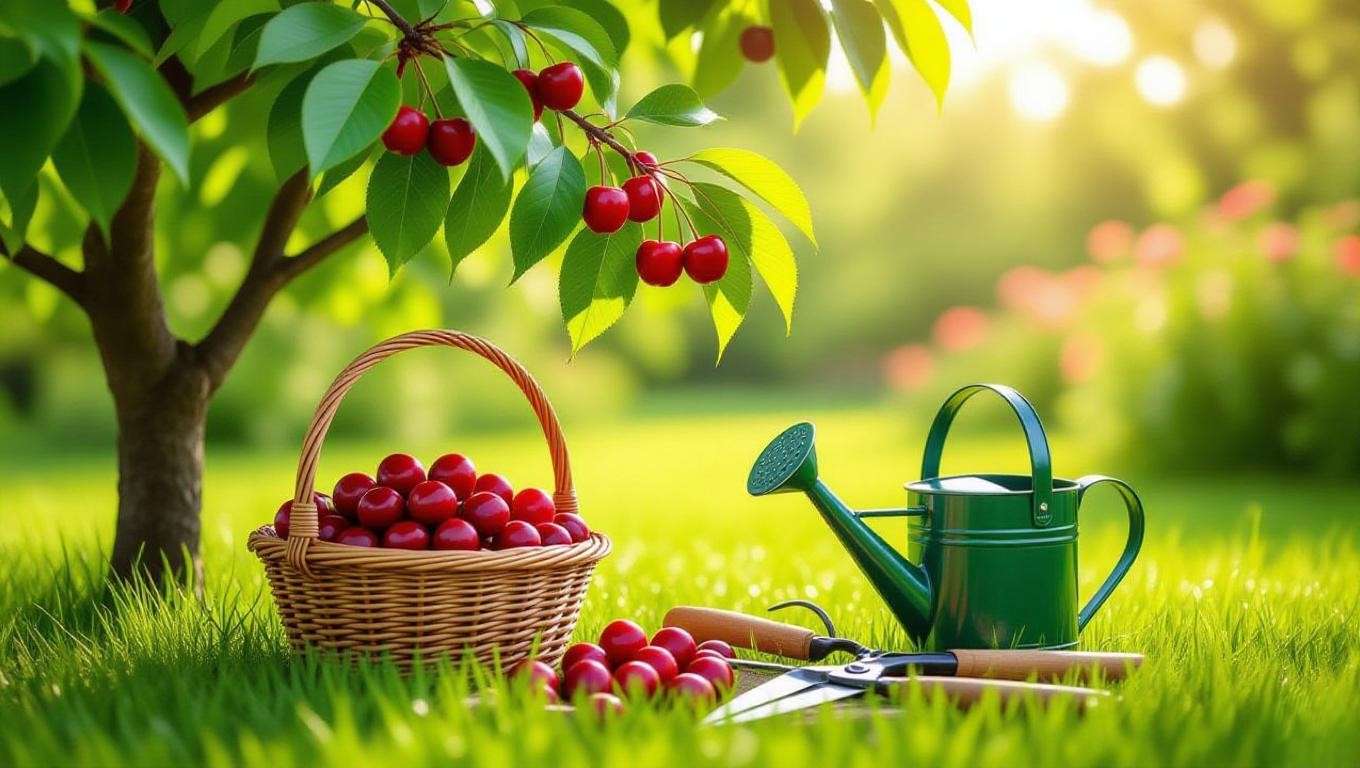
Expert Insight: Dr. Linda Chalker-Scott, a horticulture professor at Washington State University, emphasizes that “proper branch training in the first few years can reduce the need for heavy pruning later, saving your tree from stress.” 🌳
H3: Monitoring and Maintenance
Ongoing care is key to sustaining recovery:
- Regular inspections: Check monthly for signs of stress, such as yellowing leaves or unusual bark texture. Early detection prevents small issues from escalating.
- Record-keeping: Maintain a gardening journal to track pruning dates, fertilizer applications, and pest treatments. This helps identify patterns and refine your care routine.
- Soil health checks: Test soil annually to ensure nutrient levels and pH remain optimal. Adjust with compost or amendments as needed.
Tool Recommendation: Apps like Gardenize or a simple notebook can help you log care activities, making it easier to spot trends and plan future maintenance. 📝
H2: Preventing Future Pruning Issues 🛠️
The best way to fix cherry tree issues caused by heavy pruning is to prevent them from happening again. Adopting best practices and building tree resilience will keep your cherry tree healthy and productive.
H3: Best Practices for Pruning Cherry Trees
Pruning strategically minimizes stress and maximizes benefits:
- Limit cuts: Remove no more than 20-25% of the canopy annually to maintain energy reserves. Focus on dead, damaged, or crossing branches.
- Optimal timing: Prune during late winter or early spring, when the tree is dormant. This reduces sap loss and disease risk. Avoid pruning during wet weather, which can spread fungal spores.
- Shape for structure: For young trees, aim for an open center or modified central leader shape to promote light penetration and airflow. This reduces the need for aggressive cuts later.
Pro Tip: Use the “three-cut method” for large branches: make an undercut, then a top cut to remove the branch, and finally a clean cut near the branch collar to promote healing. ✂️
H3: Building Resilience in Cherry Trees
A resilient tree is less likely to suffer from pruning mishaps:
- Strengthen roots: Aerate soil annually to improve oxygen flow to roots. Avoid compacting soil around the tree base, which can suffocate roots.
- Choose resistant varieties: Opt for disease-resistant cultivars like ‘Stella’ (sweet cherry) or ‘Montmorency’ (sour cherry) to reduce vulnerability to issues like bacterial canker.
- Support soil health: Maintain a living soil ecosystem with organic matter, beneficial microbes, and proper drainage. Healthy soil supports a strong root system, which anchors tree recovery.
Expert Quote: Arborist Mark Johnson notes, “A cherry tree with a robust root system and balanced pruning is like a well-tuned engine—it runs smoothly and lasts longer.” 🌱
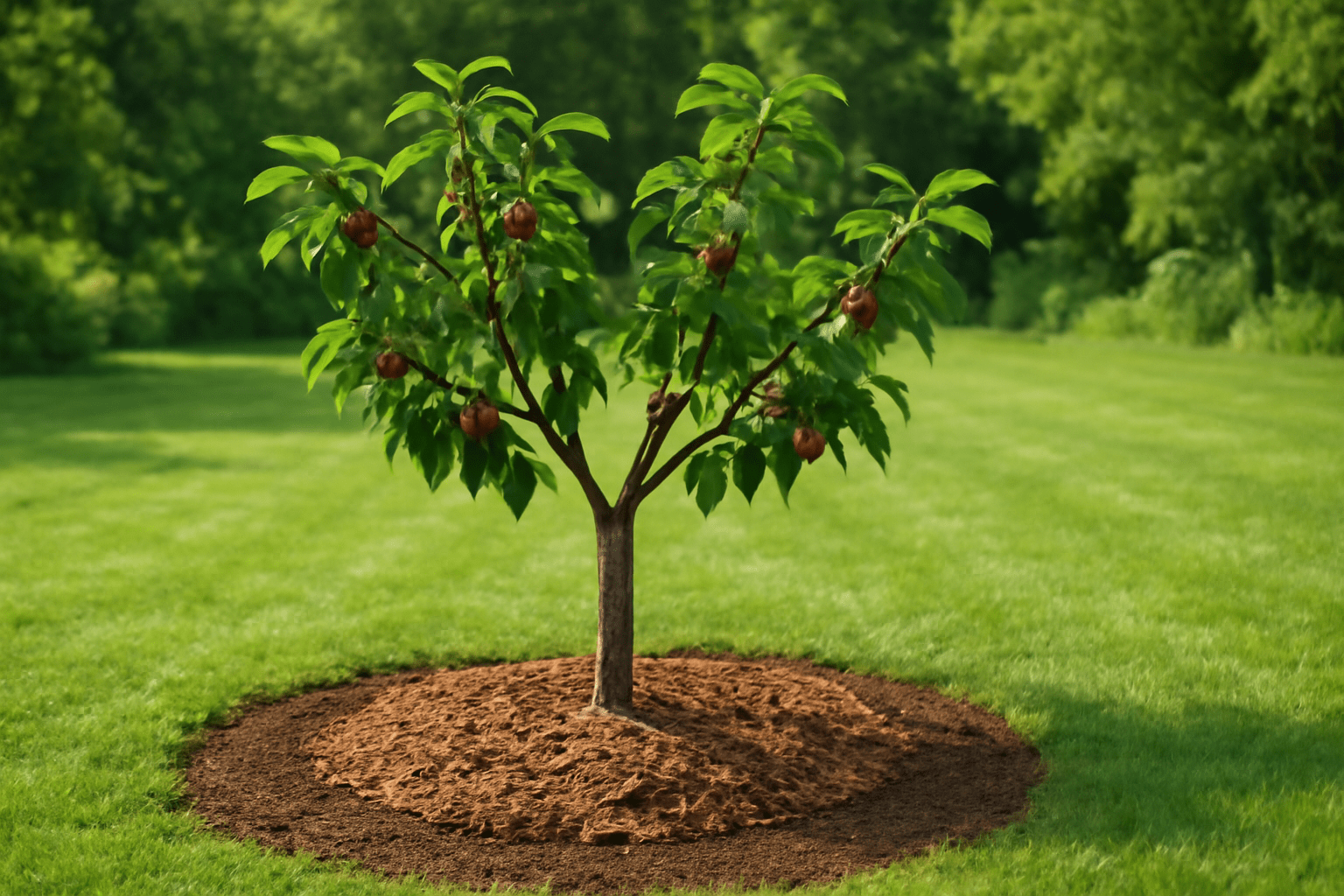
H2: FAQs About Fixing Cherry Tree Pruning Issues ❓
To address common reader concerns and boost engagement, here are answers to frequently asked questions:
- Q1: How long does it take for a cherry tree to recover from heavy pruning?
Recovery typically takes 1-2 growing seasons, depending on the tree’s age, health, and care provided. Young trees may bounce back faster, while mature trees need more time. - Q2: Can I save a cherry tree that’s been heavily pruned multiple times?
Yes, with diligent care. Focus on stabilizing the tree with proper watering, nutrition, and pest management. Severe cases may require professional help. - Q3: Should I hire a professional arborist for severe pruning issues?
If the tree shows extensive dieback or disease, consult a certified arborist. They can assess structural damage and recommend advanced treatments. - Q4: What’s the best fertilizer for a stressed cherry tree?
A balanced, slow-release 10-10-10 fertilizer is ideal. Apply in early spring and avoid over-fertilizing, which can stress the tree further. - Q5: How can I tell if my cherry tree is dying or just stressed?
A stressed tree shows signs of recovery (new buds, green cambium under bark), while a dying tree has brittle, dry branches and no new growth. Scratch the bark to check for green tissue.
H2: Additional Resources for Cherry Tree Care 📚
To deepen your knowledge and support ongoing care:
- Books: “The Pruning Book” by Lee Reich offers detailed guidance on tree care.
- Websites: Visit the University of California Cooperative Extension (ucanr.edu) or the Royal Horticultural Society (rhs.org.uk) for science-based advice.
- Local Resources: Contact your local cooperative extension service for region-specific tips and soil testing services.
Call to Action: Join a gardening community like the American Horticultural Society or subscribe to a plant care newsletter for regular updates and tips. 🌼
Conclusion 🌳
Heavy pruning can set your cherry tree back, but with the right care, you can turn things around. By understanding the impact of over-pruning, diagnosing issues accurately, and applying targeted recovery strategies, you’ll help your tree regain its strength and beauty. From proper watering and nutrition to strategic pruning and pest management, each step brings you closer to a vibrant, fruit-filled cherry tree. Patience is key—give your tree time to heal, and you’ll be rewarded with lush foliage and bountiful harvests. 🍒 Share your cherry tree recovery story in the comments below, or ask any questions to keep the conversation growing! 😊

